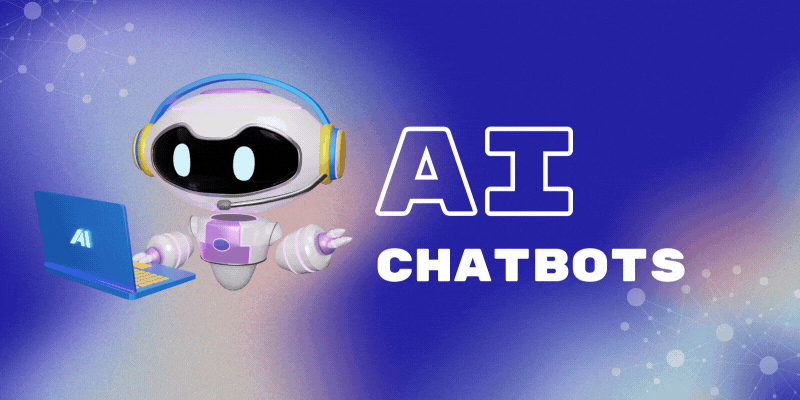- Home
- Blog
- Technology Trends
- Introduction to AI Chatbots: NLP, Deep Learning, and Application Scenarios
Introduction to AI Chatbots: NLP, Deep Learning, and Application Scenarios
In recent years, AI chatbots have become essential tools for many businesses. Whether in customer service, marketing, or even internal collaboration, chatbots are everywhere. From ChatGPT to various customized intelligent customer service systems, these chatbots appear to “understand” and “respond” like humans. But have you ever wondered how they actually work behind the scenes?
This article will walk you through the core technologies that power AI chatbots in a simple, easy-to-understand way.

From Rule-Based to Generative Models
Early chatbots primarily relied on rule-based programming. For example:
> User: “What are your business hours?”
> System matches the keyword “business hours” and replies: “We are open from 9 AM to 6 PM.”
This approach was simple but limited—it couldn’t handle flexible or varied phrasing. If the user’s wording didn’t exactly match the keyword, the chatbot failed to understand.
With advances in AI, chatbots evolved into systems powered by Natural Language Processing (NLP) and Generative AI models. Today, they can understand meaning, interpret context, and generate natural, human-like responses, moving far beyond basic keyword matching.

Natural Language Processing (NLP): Teaching AI to Understand Humans
The core capability of AI chatbots lies in Natural Language Processing (NLP), which involves several key steps:
- Input processing: Converting spoken or written messages into machine-readable data.
- Semantic understanding: Analyzing sentence structure to understand “who did what.”
- Intent recognition: Identifying what the user wants, such as “ask about a product,” “file a complaint,” or “check a bill.”
- Entity extraction: Pulling key details like time, amount, or location.
- Response generation: Creating an appropriate reply based on the intent and context.
For example:
> User: “I’d like to check the status of my order from yesterday.”
> The AI recognizes the intent as “order inquiry” and the time as “yesterday,” queries the database, and then provides the result.
Deep Learning and Large Language Models (LLMs)
Building on NLP, chatbots have advanced further with Deep Learning and Large Language Models (LLMs).
LLMs, such as the GPT series, are trained on massive datasets and can:
- Understand context across multiple conversational turns.
- Generate natural, fluent, human-like responses.
- Extend functionality with tasks like translation, summarization, or even code generation.
This is why chatbots like ChatGPT are not only able to answer questions but also engage in coherent conversations and provide flexible solutions.
Application Scenarios of AI Chatbots
AI chatbots are now widely applied across industries:
- E-commerce: Automatically answering product questions and pushing recommendations.
- Finance: Handling basic account inquiries, reducing pressure on human customer service.
- Healthcare: Assisting with preliminary consultations and appointment scheduling.
- Enterprise: Supporting internal knowledge base searches and document retrieval.
For businesses, this not only saves labor costs but also significantly improves efficiency and customer satisfaction.
The functioning of AI chatbots, from NLP to large language models, represents one of the most notable breakthroughs in artificial intelligence in recent years. They are transforming the way humans interact with machines and gradually reshaping business operations.
However, to fully unlock the value of AI chatbots, businesses need more than just the AI itself—they also require robust networks and infrastructure as a foundation. CoreWinner continues to help enterprises seize opportunities in the wave of digital transformation and AI adoption, enabling them to step confidently into an intelligent future.
Article Classification
Recent Articles
- Introduction to AI Chatbots: NLP, Deep Learning, and Application Scenarios
- Security Threats in the Generative AI Era: Prompt Injection, Data Leakage, and Protection Strategies
- The Future of Live Streaming: AI, Real-Time Translation, and Metaverse Concerts
- What is a CDN? Industry Applications and Acceleration Benefits
- 5 Practical AI Tools to Boost Work Efficiency: Essential Digital Assistants for Smarter Work
